There is nothing to find at the posted coordinates.
What elements make up a baseball?
A baseball has three basic parts: the round cushioned cork pill at its core, the wool and poly/cotton windings in its midsection, and the cowhide covering that makes up its exterior. The pill consists of a sphere, measuring 13/16 of an inch (2.06 centimetres) in diameter, made of a cork and rubber composition material.
Periodically, the number of home runs hit in Major League Baseball suddenly increases. Which leads people to speculate, has something changed in the chemical construction of the balls? This is known as the “juiced-ball” theory. Personally, I don’t give this theory much weight, and let me state why. Performance is the primary concern, whether you’re a batter, a ball manufacturer, or even a juiced-ball conspiracy theorist. The key performance metric for ball aficionados is the coefficient of restitution, or COR, which people in the biz pronounce as “core.”
The COR for any object falls between 0 and 1. If you drop the object and it doesn’t bounce at all, it has a COR value of 0. If it returns to its original height, its COR is 1. Bounce height scales with the square of the COR. Thus, a ball with a COR of 0.5 returns to 25% of its drop height.
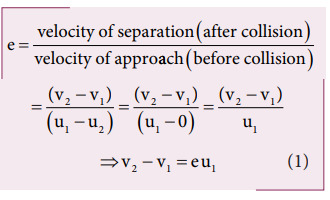


Baseballs are almost exactly in the middle. For a ball to make it to the big leagues, its COR must land between 0.514 and 0.578. Juiced balls would have a COR exceeding that maximum value.
But baseball is not played by simply bouncing balls, and the internationally recognized standard for measuring COR—designated ASTM F1887—is a bit more aggressive. In this test, an air cannon or pitching machine launches a baseball at a steel plate. The Rawlings baseball company runs tests on balls from every lot it makes at two locations. The company runs tests at the balls’ birthplace in Costa Rica and again in the U.S. at a Rawlings facility in St. Louis.
Here is recent year-by-year batting statistics. There is some variation. While the general trend has been for more offense, home runs and slugging regressed in 2022.
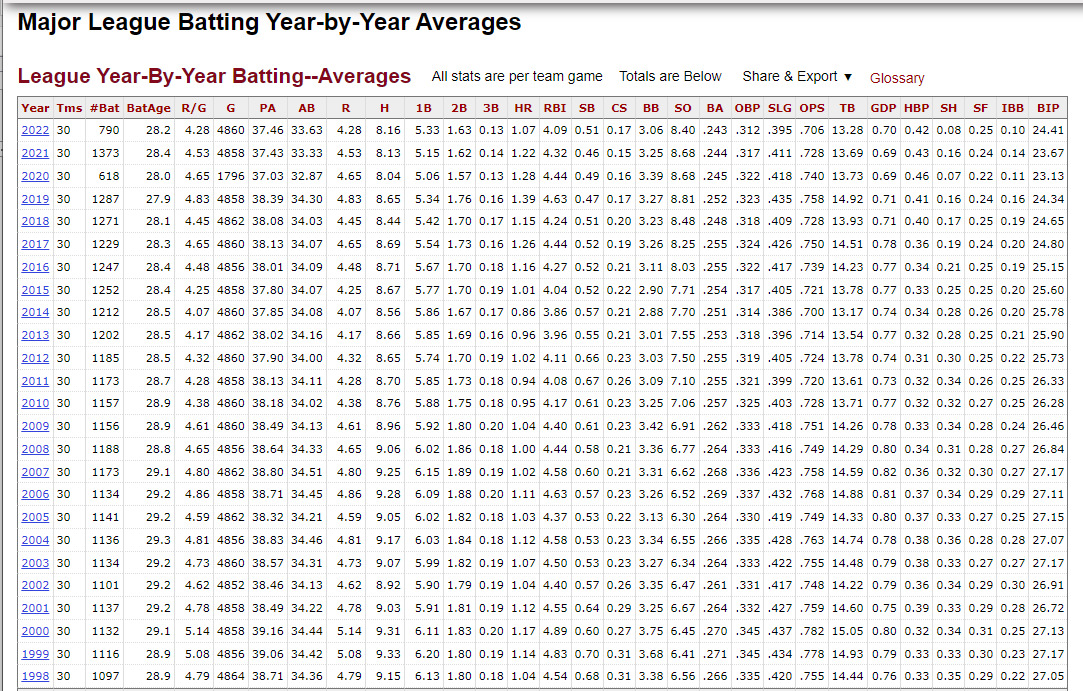
N
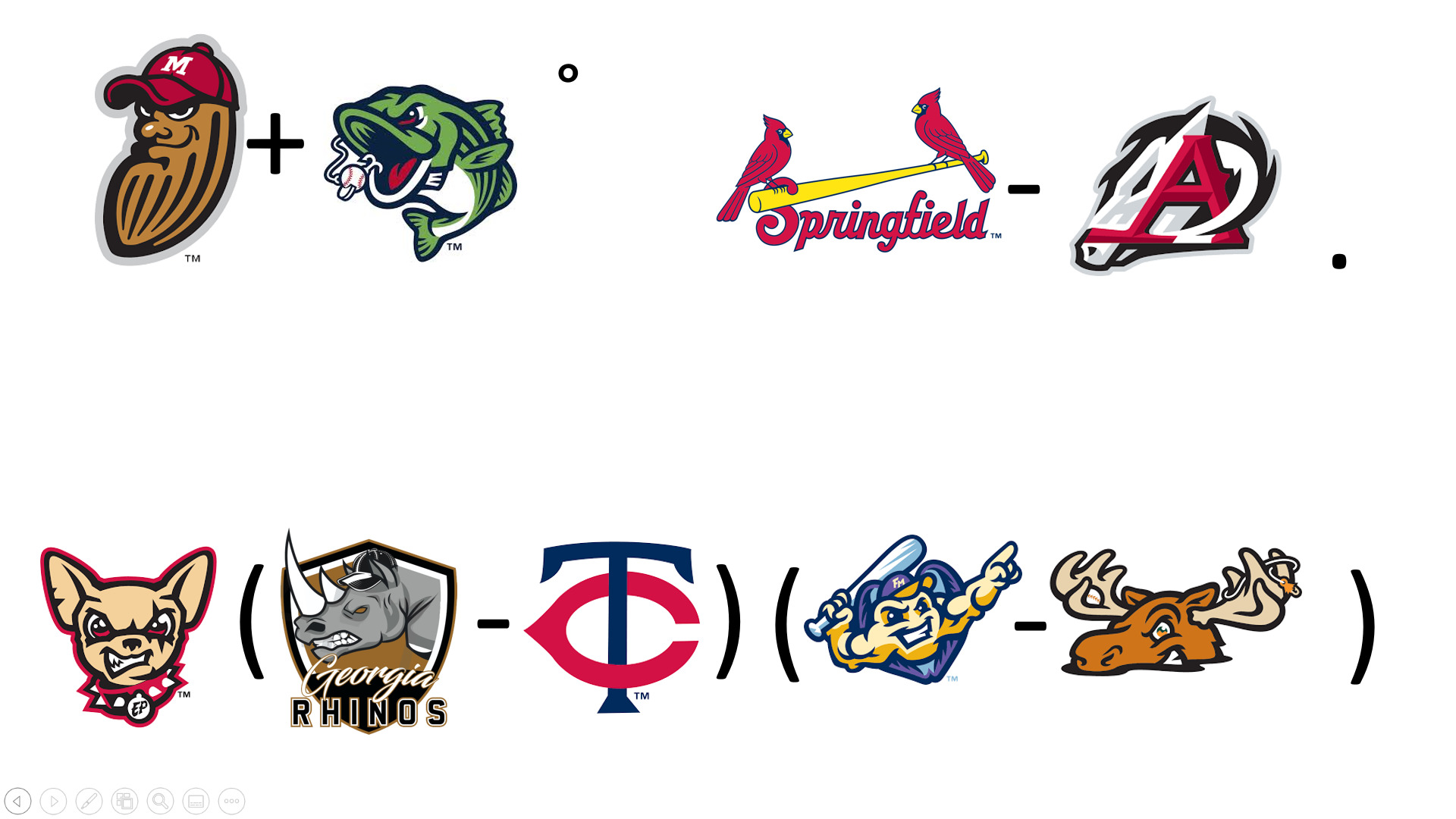
W
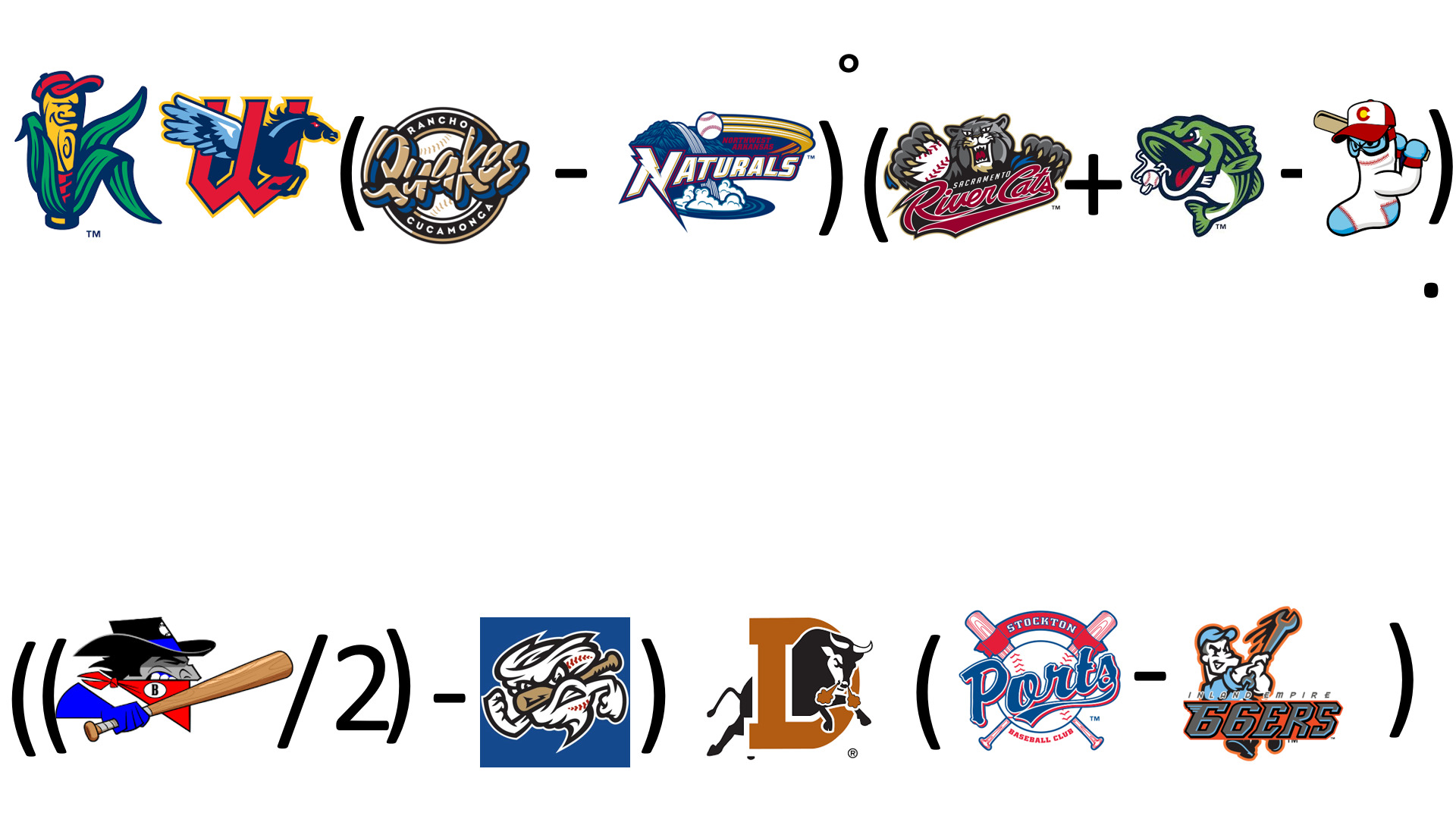

You can validate your puzzle solution with certitude.
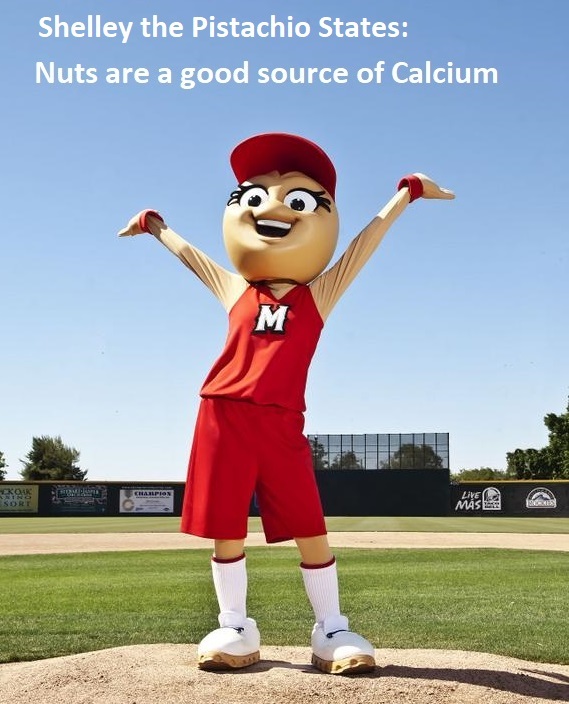

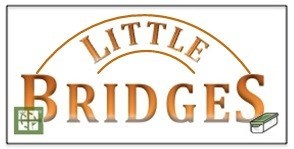
The Little Bridges series was started by Stanthews in 2009 to highlight small footbridges in remote parts of Wiltshire. Since then the series has been expanded by others all over the country and starting to spread fast. There is a stats listing, so you can see how many Little Bridges you have found, you can find it here:- www.littlebridgesseries.co.uk . If you would like to add to the series, please contact Stan via the Little Bridges website with your caching name, name of your Little Bridge and the GC code and he will give you a number for your bridge. To qualify, the bridge must be a foot bridge too small for vehicles, please make sure your title exactly matches "Little Bridges # xxxx then the name" including spaces so it will get picked up and added to stats list.